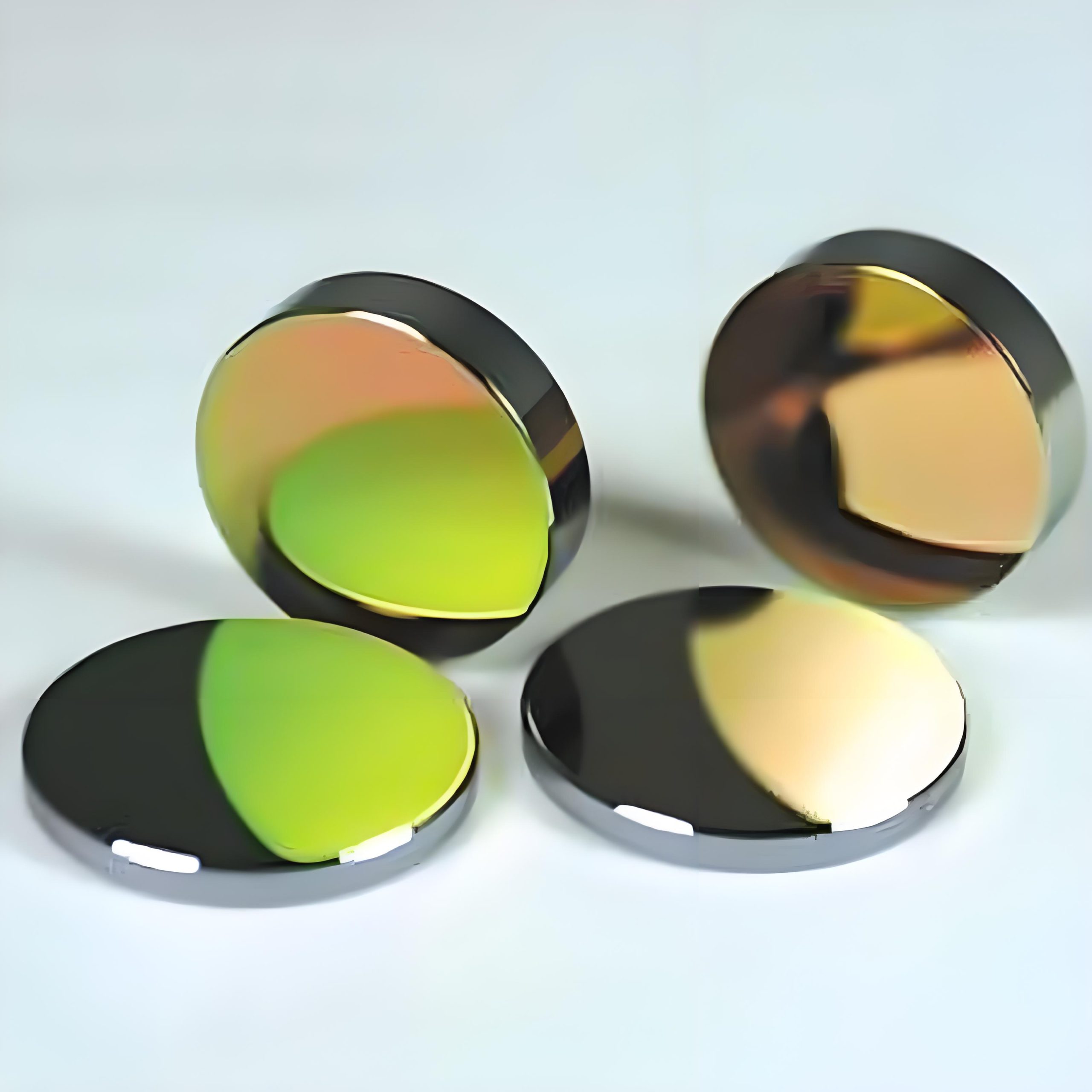
355-415nm optical mirrors are optical components specially designed to reflect wavelengths in the range of 355 to 415 nm, and are commonly used in laser and spectroscopy systems. Their principles and structures are based on fused quartz and optical glass with high transparency and good thermal stability. These substrate materials can withstand strong light and high temperature environments, and then dielectric coatings are plated on them. This type of optical mirror usually uses multi-layer dielectric coatings (such as silicon dioxide, magnesium fluoride, etc.) or metal coatings (such as silver or aluminum) to achieve high reflectivity. The design of multi-layer dielectric coatings can precisely control the reflection spectral range and enhance reflection efficiency and durability.
Model: Reflective mirror
Specifications: Customized
Material: Optical glass




Spectral Range
Reflection Range: 355-415 nm mirrors generally have a reflectivity between 99% and 99.9%, with excellent reflection in the 355 to 415 nm range, while other wavelengths may have lower reflectivity to avoid unnecessary interference.
Spectral Control: This mirror is designed for UV to near-visible wavelengths and is suitable for specific laser sources in this range, such as 355 nm UV lasers or 405 nm blue lasers.
Product advantages
High reflectivity
Wide reflection frequency band
Good density
Advantage of no pinholes
Smoothness: 40-20
Wavelength characteristics (reference data)

Application Scenarios
Laser light path control: 355-415 nm reflectors are used to adjust the light path, split beams or directions in laser systems. They are particularly suitable for applications with ultraviolet and blue lasers, such as material processing and precision testing.
Spectrometers and fluorescence microscopes: In spectrometers, reflectors can be used to split or adjust the direction of light beams; in fluorescence microscopes, reflectors can guide light sources with ultraviolet to blue wavelengths to enhance the excitation efficiency of target fluorescence.
Optical communications and quantum optics: In optical communication devices and quantum optics experiments that require precise wavelength control, 355-415 nm reflectors help to efficiently transmit and reflect signals of specific wavelengths.












